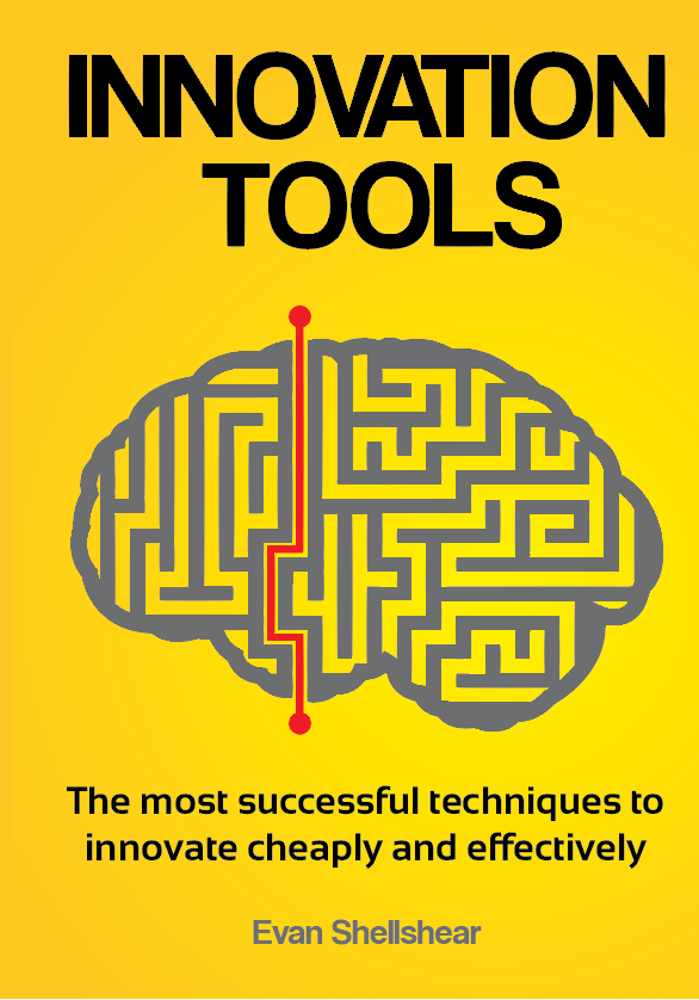LEGO has earned the right to celebrate. Not only are kids playing with more mini LEGO people...
growth
The mantra of ideas being worthless can be heard from all corners of the globe. Venture capitalists...
I wanted to reach out to everyone in this blog post and share with everyone some awesome...


